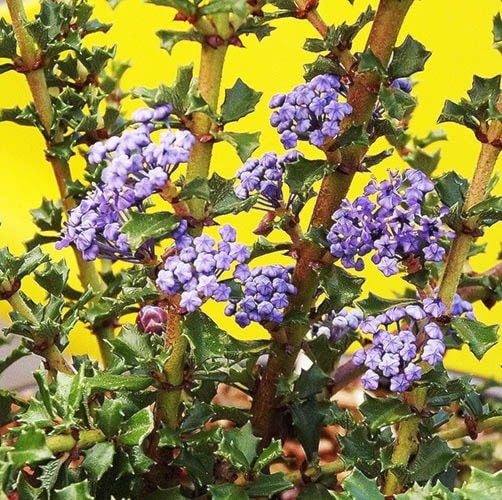Plants are a lot like people in that they have different tolerances for hot and cold.
While most of us tend to focus on the hardiness zone when purchasing shrubs, this number is really just an expression of the lowest temperature a plant can endure without perishing – it is not an indication of resilience.
Drought tolerance may not seem like an attribute that coastal gardeners need worry about, but once the rain clouds clear those sloped or tiered gardens begin to dry out quickly, and few of us have irrigation systems or the time to hand water.
The other factor that comes into play here is that, sooner or later, summer water restrictions are going to extend to all parts of our gardens (not just the lawns) or the cost of metered water is going to be so prohibitive that our shrubs are just going to have to fend for themselves.
If you have ever seen a drought stressed rhododendron, pieris or Nishiki willow, you know it’s not a pretty sight, and it can take months for them to recover, during which time your garden looks like crap.
So maybe it is time for us to consider drought tolerance, at least for the plants that we use on slopes or in gravelly, porous soils.
Back in my landscaper days, we had to design a lot of south-facing sloped gardens in North and West Vancouver, and in most cases we relied exclusively on drought tolerant plants.
Two shrubs we depended upon heavily were the non-invasive brooms genista lydia (60 centimetres high by 90 cm wide) and the UBC introduction genista pilosa ‘Vancouver Gold’ (15 cm high by 90 cm wide), both of which are smothered in bright yellow blooms in late spring and endure the driest of summers once established.
These are deciduous in nature, but the leaves are so tiny that their absence is hardly noticed in winter, amidst the abundance of tangled green stems.
The hardy ice plants (delosperma) are another group of perennials that are useful in xeriscapes and are showier than the usual drought tolerant options of hens and chicks (sempervivum) and various sedum cultivars.
These bear starry jewel-tone flowers of deep magenta (D. cooperi), golden-yellow (D. nubigenum) and tangerine with a bright pink centers (‘fire spinner’) – all blooming from late spring into summer.
The California lilacs are another group of drought tolerant shrubs that are coming into bloom just about now, with most of these bearing unusual blue flowers and glossy evergreen foliage.
Ceanothus thyrsiflorus ‘Victoria’ is the most common of these (flowering from May to June), but it is often not given enough growing room, as it matures at 1.75-2.5 metres high, even with regular pruning.
Ceanothus x impressus ‘Dark Star’ has deeper blue flowers that are honey scented and is much favoured by the bees and butterflies, with tiny dark green leaves.
New this year (at least as locally grown plants) is Ceanothus x ‘Blue Jeans,’ which as the name implies has blooms the colour of faded denim, as well as deep green holly-like foliage and a more spreading growth habit.
California lilacs should be planted now, as they need to be well-rooted in before they face their first winter or you will be left with more than few fatalities.
As well, all drought tolerant plants require a full season of growth (to develop a good root system) before they can actually endure extended dry spells.
• For a more detailed selection of xeriscape plants, visit my blog at www.mikesgardentop5plants.wordpress.com.
Mike Lascelle is a local nursery manager and gardening author (hebe_acer@hotmail.com).
